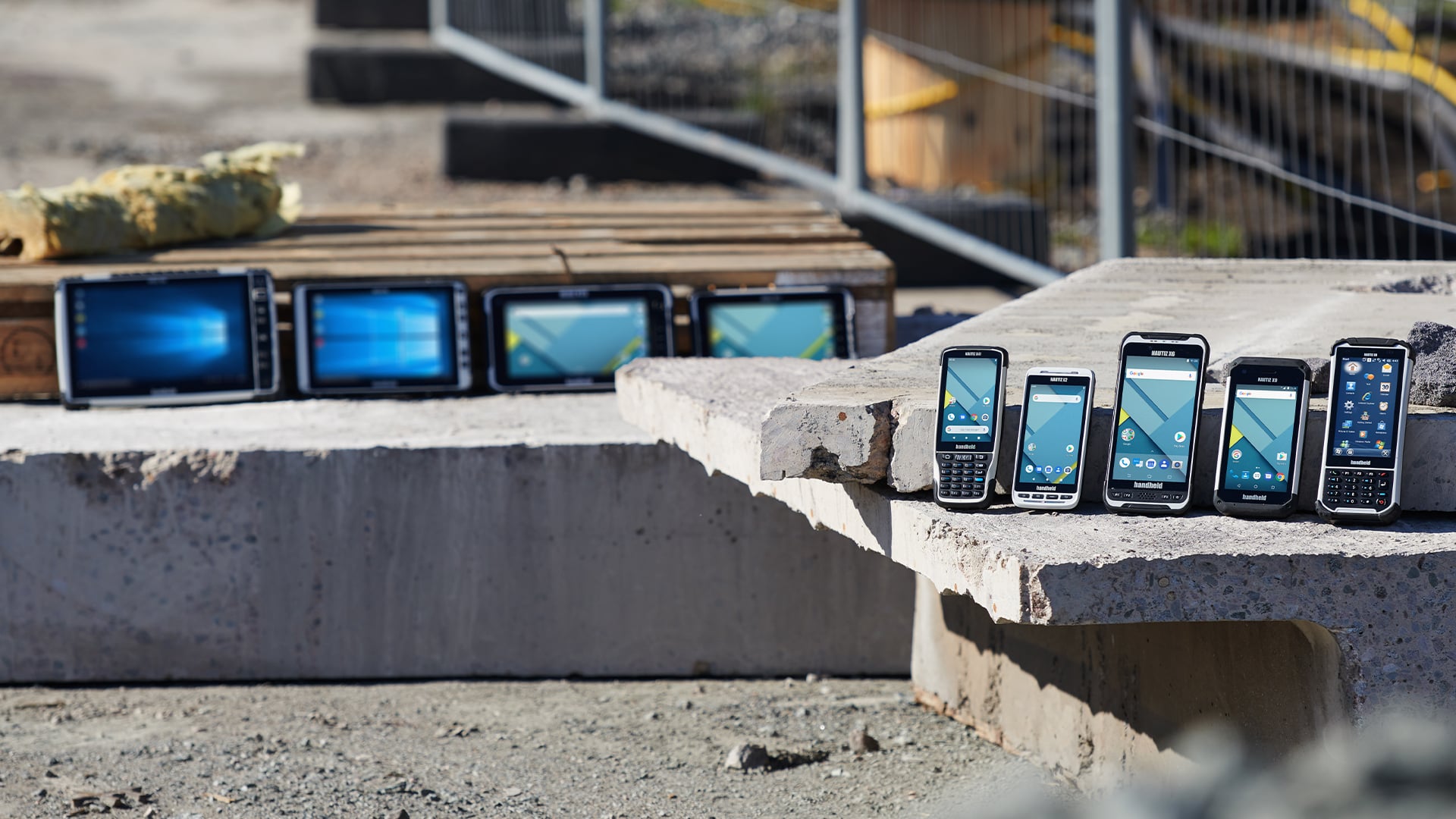 Newsletter Copywriting – Emails That Convert, Not Bore!
Newsletter Copywriting – Emails That Convert, Not Bore!
When Everyone Brings Their Own Device, Who’s Really in Charge?
Written by Gauri » Updated on: May 19th, 2025

It started with one guy bringing his own phone to work.
Then someone else said, “I’ll just use my personal laptop—it’s faster anyway.”
Fast forward a year, and your office network looks like a tech garage sale. iPhones, Androids, Chromebooks, a dusty Windows 7 laptop someone swears still works “just fine,” and even a jailbroken tablet running some custom OS from 2016.
Welcome to modern work. Welcome to BYOD.
The Great Trade-off
The pitch for BYOD was always tempting: Let employees work from the devices they already love. Save costs. Boost flexibility. Maybe even improve morale.
But here’s the fine print no one reads:
More devices mean more endpoints. More endpoints mean more risk.
And more risk? That’s a full-time job no one applied for.
IT’s “No” Isn’t Enough Anymore
In the old days, IT could just say “No” to personal devices. But in a hybrid world, saying no is often the fastest way to get bypassed.
A sales rep downloads a file on their phone during a flight. A developer hops into a test server from a coffee shop. A freelancer logs in from three devices in one day—and none of them are yours.
You can’t control what you can’t see. And you can’t secure what you can’t manage.
BYOD Is a Mindset, Not a Policy
The biggest mistake? Treating BYOD like a checkbox in the employee handbook.
It’s not just a policy. It’s an ecosystem shift.
You’re no longer managing just company assets. You’re managing trust—between your organization and every personal device that knocks on your network’s door.
And that trust has to be earned, verified, and (most importantly) controlled.
What Good BYOD Management Looks Like in 2025
Forget blanket bans or rigid MDMs that feel like surveillance. Today’s best BYOD strategies respect personal privacy while giving IT the visibility they need.
Here’s what that looks like in practice:
App-Level Control: Manage work apps without touching personal ones. It’s not your job to know what games someone plays after hours.
Containerization: Work and personal data live in separate silos—even on the same device.
Contextual Access: Access policies based on location, device posture, time of day, or Wi-Fi network.
Remote Wipe for Work-Only Data: If someone leaves, IT doesn’t have to touch baby pictures or Spotify playlists—just the company files.
Compliance-First, Not Control-First: Secure data without feeling like Big Brother.
BYOD Without the Burnout
Here’s the truth: BYOD isn’t going away. If anything, it’s expanding.
More gig workers. More remote teams. More decentralized everything. Your future workforce will use what’s convenient—not what’s company-issued.
So the question isn’t “Should we allow BYOD?”
It’s: “How do we manage it without losing our minds—or our data?”
The Quiet Helper Behind the Scenes
That’s where modern platforms step in. Not to slap controls on personal devices, but to build a foundation where BYOD doesn’t equal BYOR (Bring Your Own Risk).
Solutions like Scalefusion quietly enforce work boundaries, separate business from personal data, and keep IT informed—without turning every phone into a battleground.
Because if everyone’s going to bring their own device, your job is to make sure they’re not also bringing in the next security incident.
Note: IndiBlogHub features both user-submitted and editorial content. We do not verify third-party contributions. Read our Disclaimer and Privacy Policyfor details.
Copyright © 2019-2025 IndiBlogHub.com. All rights reserved. Hosted on DigitalOcean for fast, reliable performance.















